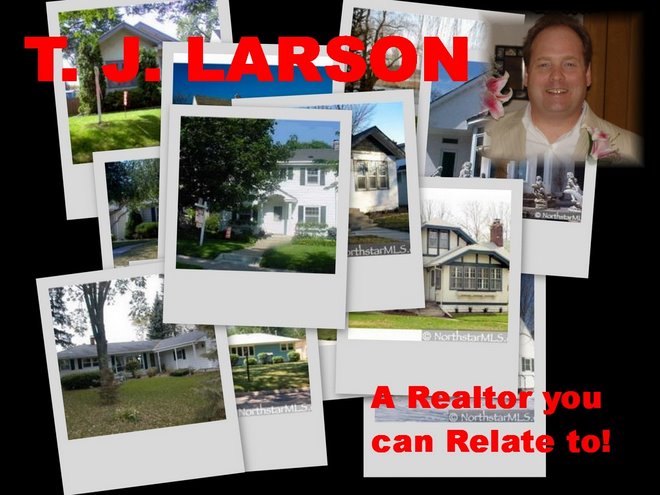Edina Realty delivers what consumers want!RMLS has made information available on properties that have sold within the past two years, and Edina Realty is among the first companies to provide this data to the public. Sold Data Search -
Click here to viewConsumers can find limited information about sold listings; enough to satisfy curiosity and see the historical trends, but then directing them to your professional real estate marketing expertise if they are considering entering the market as a buyer and/or seller.
Consumers can search by:
A specific address
A specific City or community
Interactive Virtual Earth™ Map
City and Map searches can be narrowed using optional search criteria for price, year built, number of bedrooms bathrooms, or the property type. When the search is performed, the results appear in a single line display. Click any address and the single line will expand to display a photo and basic property details.
Sold Data Displayed:
Sold price
Bedrooms and baths
Address
Date of sale
Property type
Property style
Garage stalls
School district
Lot size
Parcel ID number
Accurate & Up To Date DataEdina Realty offers consumers 24 months of ACCURATE transaction history updated daily from RMLS, versus other sites like Zillow.com that have data pulled from Public Records, which can be several months old.
The question is not if consumers will be able to view information on sold properties, but WHERE they will view it. It is paramount that the consumer recognizes that the best, most reliable source for real estate information and services are knowledgeable Real Estate experts - Edina Realty agents!





